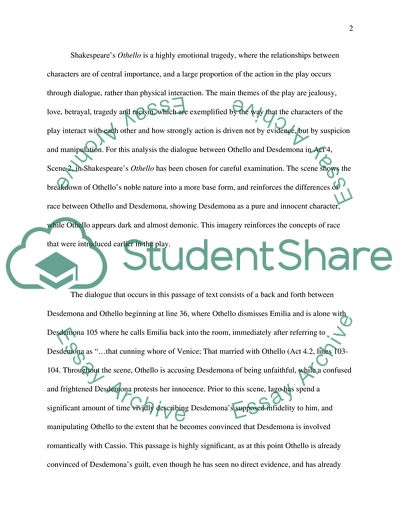Cite this document
(Racial Imagery and the Use of Language Book Report/Review - 2, n.d.)
Racial Imagery and the Use of Language Book Report/Review - 2. Retrieved from https://studentshare.org/literature/1773078-passage-analysis-for-a-shakespeare-tragedy
Racial Imagery and the Use of Language Book Report/Review - 2. Retrieved from https://studentshare.org/literature/1773078-passage-analysis-for-a-shakespeare-tragedy
(Racial Imagery and the Use of Language Book Report/Review - 2)
Racial Imagery and the Use of Language Book Report/Review - 2. https://studentshare.org/literature/1773078-passage-analysis-for-a-shakespeare-tragedy.
Racial Imagery and the Use of Language Book Report/Review - 2. https://studentshare.org/literature/1773078-passage-analysis-for-a-shakespeare-tragedy.
“Racial Imagery and the Use of Language Book Report/Review - 2”, n.d. https://studentshare.org/literature/1773078-passage-analysis-for-a-shakespeare-tragedy.


